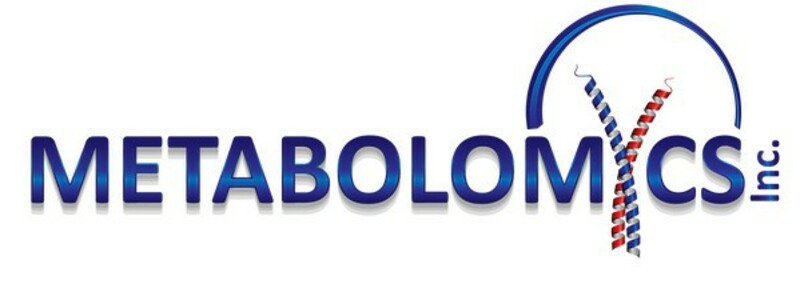LONG BEACH, Calif. – As reported in today’s issue of the journal Metabolites, researchers at Metabolomycs, a California-based biotechnology company, for the first time applied targeted mass spectrometry to show that pancreatic cancer arises through changes in cellular metabolism and that these changes can be measured with a simple blood test.
The results could provide highly accurate pancreatic cancer diagnoses earlier than tumor markers or radiographic measures, potentially ushering in a quicker, more judicious use of therapy. By comparison, genomic approaches measuring DNA for early detection continue to suffer from false positives and false negatives.
“Pancreatic cancer is the third leading cause of death from cancer largely because it is rarely caught early,” said Dr. Robert Nagourney, senior author. “The ability to find the disease in its earliest stages, while still curable, could have a major impact. Identifying disease severity using metabolic risk could influence treatment decisions. For over a century, scientists have been trying to connect cancer to cellular energy production and metabolism. But it wasn’t until the development of quantitative mass spectrometry that we could test many of these hypotheses.”
Using Mass Spectrometry to measure minute concentrations of bio-chemicals in the plasma, the technique identified pancreatic cancer in the blood with near perfect accuracy. The investigators then showed that these metabolic signatures can predict survival for patients who are confronting this highly lethal malignancy.
The published findings point to an entirely new direction in pancreatic cancer research. Moving beyond genomics and DNA analyses, this research defines pancreatic cancer as a biochemical disorder. As the investigators report, changes in amino acids, blood sugars and lipids, define cancer as a state of metabolic stress.
For the first time, blood concentrations of metabolic byproducts can be accurately measured in real time. This enabled the team to discover highly discriminating ratios that pitted amino acids, the building blocks of proteins, against lipids including triglycerides and sugars like glucose. The results provide a “cancer signature” that distinguishes patients with pancreatic cancer from normal individuals and can distinguish pancreatic cancer from other forms of cancer, like breast and ovarian.
“What we find is that pancreatic cancers establish a new set of rules for making and using energy that propel these malignant tumors to succeed, all at the expense of the cancer patient’s wellbeing,” Nagourney said. “Our findings show that these metabolic tests have the potential to identify pancreatic cancers at the earliest stages when it is still possible to cure the patient. They can also be used to define risk groups that help predict a patient’s likelihood of survival.”
Metabolomics is a new field of science that uses highly sensitive tools like mass spectrometry to measure the quantity of metabolic byproducts in blood and other body fluids. While mass spectrometry has been used in many disciplines, the advent of “targeted” mass spectrometry has allowed direct clinical applications.
Metabolmycs, Inc. is a Long Beach, California-based biotechnology company that has pioneered the application of targeted mass spectrometry in cancer diagnostics and prognostics. Following Genomics, the study of DNA and Proteomics, the study of cell proteins, metabolomics, is the new “omic” to watch.
Media Contact

Name
Metabolomycs, Inc.
Contact name
Paulo D’Amora, Phd, MD
Contact phone
(562) 392-6273
Contact address
750 E 29th St
City
Long Beach
State
California
Zip
90806
Country
United States
Url
https://www.metabolomycs.com/
COMTEX_448778969/2737/2024-03-05T10:54:48
Disclaimer: The views, suggestions, and opinions expressed here are the sole responsibility of the experts. No Sahyadri Times journalist was involved in the writing and production of this article.
